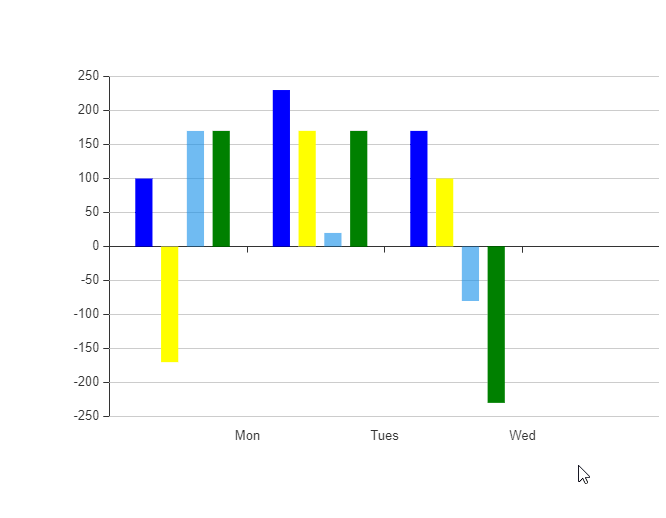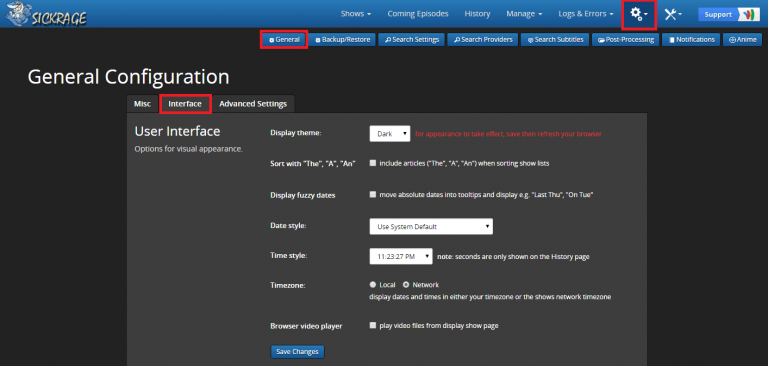

- NPM CONFIG SET NOPROXY HOW TO
- NPM CONFIG SET NOPROXY CODE
- NPM CONFIG SET NOPROXY DOWNLOAD
- NPM CONFIG SET NOPROXY WINDOWS
Here’s an example PAC file, taken from here: function FindProxyForURL(url, host) ĭon’t hope too much for the JS code quality here usually you’ll stumble upon code written by people who aren’t Web developers and who couldn’t care less -) In such environments, the PAC file is really what you’re after it contains all of the information you need. Usually, companies that enforce traffic to go through proxies define a PAC file that instruct user agents to either connect directly to the target (e.g., for internal IP ranges / internal DNS domains), or to connect through specific proxies otherwise. When a Web Browser is configured to use a PAC file then, whenever it needs to access the network, it invokes the FindProxyForURLfunction defined in the pac file in order to determine the proxy server to use (if any). Proxy Auto-Config (PAC) files are (not so) magical files describing the rules for letting a Web browser (and other user agents) select which proxy server to use for a given URL. If you want to get fancy, you can get the same information through PowerShell: Get-ItemProperty -Path 'HKCU:\Software\Microsoft\Windows\CurrentVersion\Internet Settings' | findstr ProxyServer Proxy auto-config (PAC) If you’re admin on the machine (which you should probably never be!), then you can also run the following command as administrator: netsh winhttp show proxy. Or through the command line: reg query "HKEY_CURRENT_USER\Software\Microsoft\Windows\CurrentVersion\Internet Settings" | find /i "proxyserver"
NPM CONFIG SET NOPROXY WINDOWS
If you have access to the Windows registry, then it’s dead easy just look at the following key: HKEY_CURRENT_USER\Software\Microsoft\Windows\CurrentVersion\Internet Settings. In Mozilla Firefox, you can see the same through: about:preferences#advanced In Google Chrome, you might be able to access this settings page: chrome://net-internals/#proxy
NPM CONFIG SET NOPROXY HOW TO
If you can directly see the proxy settings through any of the above, then you’re done, there’s probably no need to look further just grab the hosts/ips/ports.Īnother way if you’re on Windows 10 is to look at the Proxy settings through the Settings app of the OS, as described here: (that the article also covers how to discover the proxy settings for OSX & Linux). To reach that screen, you can look at this Microsoft KB article: You’ve probably already seen this Window at least once in your life -) Some “basic” environments simply enforce a proxy (or set of proxies) through the system configuration (usually defined/enforced through group policies and the like in Windows environments), which can be checked out through Internet Explorer (meh): Some ways to find out which proxies are used If you know what you’re doing, then keep on reading. In any case, make sure to reach out to the security and network teams to see if there are established/accepted solutions to let you do what you want. And usually I want my tools to be doing that or at least to be able to do it from a terminal.
NPM CONFIG SET NOPROXY DOWNLOAD
Personally, I’ve often needed Web access to be able to download certain tools / download npm/maven/whatever packages, etc. Another one, more valid could be to be able to access the Web from your development tools and/or terminal.

The first one might be curiosity, which may be the worst reason. There are multiple reasons for which you might want to know more about the corporate proxies being used. If you’re not sure, then ask the network / security team / CISO before doing anything that could put you in a bad spot.

Make sure that you’re not doing something that goes against those policies. Why and a little warningįirst of all, a word of advice: there are often strict security policies in place around network traffic in general. In more complex environments, you’ll need to analyze the pac file to find those out. Finally, I’ll tell you how to configure your apps and command-line tools access the Web.Īs we’ll see, in basic environments, you’ll just have to look at the settings to find the URLs/IPs/ports of the proxies. I’ll also mention how more complex IT environments handle proxy settings using the automatic proxy discovery protocol (WPAD) and pac files, perform TLS termination and sometimes even only allow specific user-agents through. Npm ERR! C:\Users\tenten0213\Documents\develop\npm-debug.In this article I’ll give you a few tips about how to discover which proxy/proxies is/are used (if any). Npm ERR! Additional logging details can be found in: Npm ERR! cwd C:\Users\tenten0213\Documents\develop

Npm ERR! network 'proxy' config is set properly. Npm ERR! network If you are behind a proxy, please make sure that the Npm ERR! network In most cases you are behind a proxy or have bad network settings. Npm ERR! network and is related to network connectivity. Npm ERR! network This is most likely not a problem with npm itself Npm ERR! network tunneling socket could not be established, cause=7252:error:140770FC:SSL routines:SSL23_GET_SERVER_HELLO:unknown protocol:openssl\ssl\s23_clnt.c:766:


 0 kommentar(er)
0 kommentar(er)
